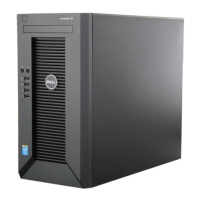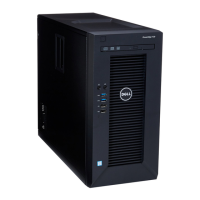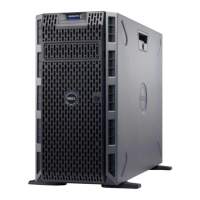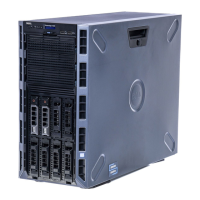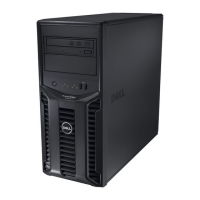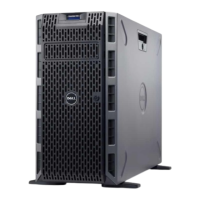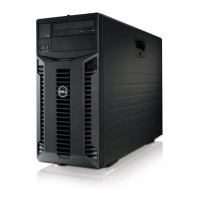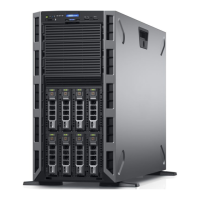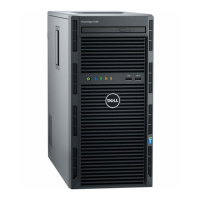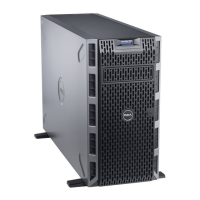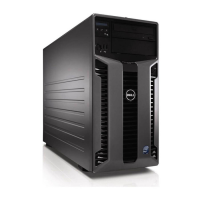Dell
PowerEdge T710 Technical Guide 29
7.3.1 RDIMMS
The advantages of using RDIMMs include:
Higher RAS capabilities
Best for memory intensive applications
More scalable
Higher capacity
FBDIMMs are closer to RDIMMs since they both use some sort of buffer.
RDIMMs are recommended when the following are needed:
Large amount of memory
High RAS features
Better future expansion
Key benefits of RDIMMS:
Gain a slight performance advantage if the memory is being heavily utilized (for example:
>=70%). The 70% utilization is based upon the RDIMM maximum and a 75% read rate.
Allow for larger capacities, up to 16 GB.
Allow for more expansion since they can go to 3 DPC (DIMMs per channel) instead of 2 DPC.
Have address parity, a new RAS feature that halts the system if an incorrect address is
detected.
7.3.2 UDIMMs
UDIMMS are typically more cost effective and are lower power. UDIMMS have limited scalability up to
24 GB.
UDIMMs are recommended when the following are needed:
Limited amount of memory (up to 24 GB)
Lower cost
Power savings
Key attributes of UDIMMS:
UDIMMs are generally cheaper
Use less power, saving about 1 Watt per DIMM
Maximum size of 2 GB
Limited to 2 DPC (only an issue in 18 slot systems)
No support for address parity
7.4 Memory Modes
The memory mode is dependent on how the memory is populated in the system.
Three channels populated per processor:
o Typically, the system runs in Independent Channel mode in this configuration. This
mode offers the most DIMM population flexibility and system memory capacity, but
offers the least number of RAS (reliability, availability, service) features.
o All three channels must be populated identically.
o Maximum memory bus speed is 800 MT/s.
Two channels (CH 2 and CH 1) are populated identically per CPU; the third channel is unused:
o When mirroring is enabled, the memory image in Channel 2 is maintained the same as
Channel 1.
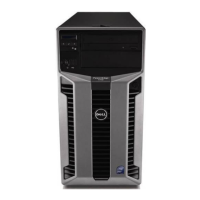
